Not just Excalibur: 10 most famous swords of the Middle Ages
In the Middle Ages, the sword was the most common object, without which it was not only undesirable for a man to leave the house, but also dangerous. In most countries, the blade was a sign of a free man, but the sword of a merchant, a hero and a king was separated by a huge gap. We will tell you about the ten most famous swords in the history of the Middle Ages.

One of the most famous swords in the history of mankind is the legendary Durendal, which belonged to the knight Roland, the hero of numerous French legends, ballads and songs. According to legend, the tooth of St. Nicholas is hidden in the hilt of the sword. Peter, the hair of Dionysius of Paris, part of the Virgin Mary's robe and the blood of St. Vasily.
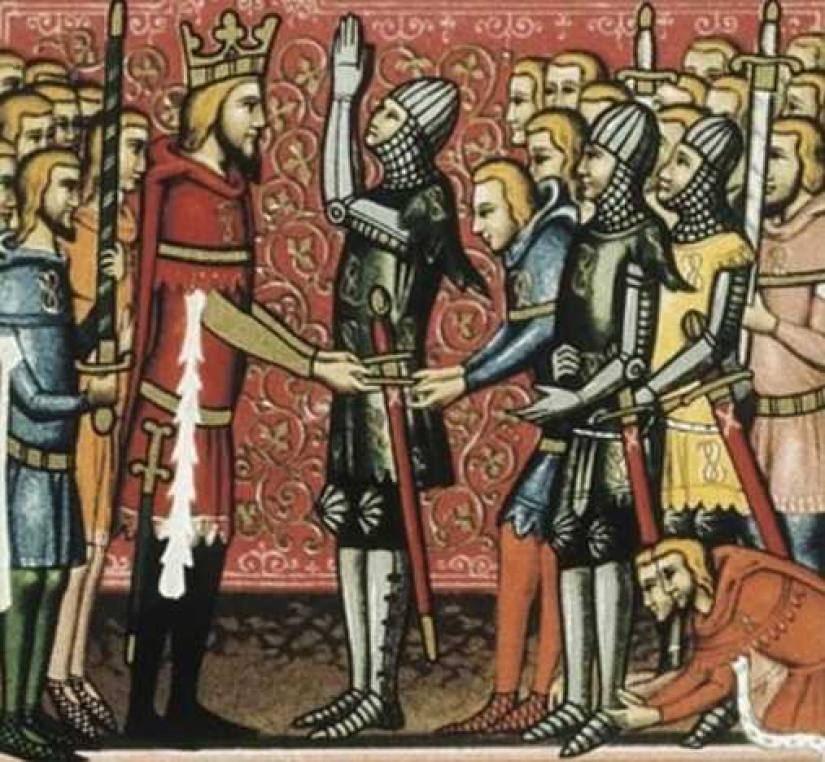
The combination of shrines made Durendal the sharpest and, of course, invincible. The amazing sword helped Roland to cope alone with an entire army of Muslims and perform many other remarkable feats. The valiant Roland received the sword from the hands of King Charlemagne himself when he took the oath to him.
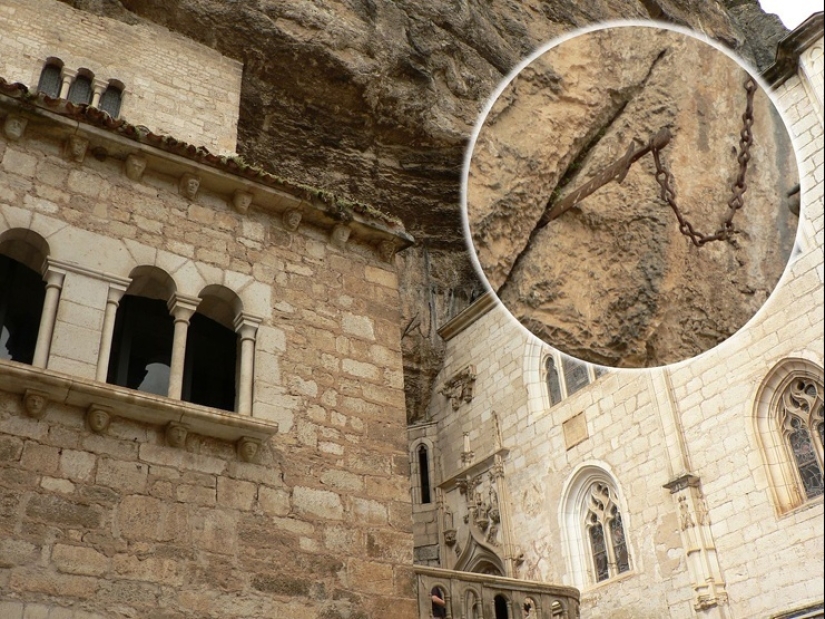
The weapon was forged from the same ingot of iron as the blade of the king himself, who also had his own name — Joyeuse. By the way, Durandal is a feminine name, and it is in the feminine gender that a knight refers to his weapon in ballads. One of the legends of the XII century says that Roland threw a sword into a rock so that it would not get to the enemies, and it was firmly stuck in the stone.
According to another version, only King Charlemagne could take the sword from the hands of the deceased hero, who took the hilt for himself, and threw the blade into the lake. Nevertheless, residents of the small town of Rocamadour in southwestern France claim that a rusty sword sticking out of a rock near one of the monasteries is precisely Durandal.
Little is known about the Zulfikar sword that belonged to the Prophet Muhammad today. The sword was received by the founder of Islam during the division of trophies, and before that it belonged to Munabbihu ibn Hajjaju of Mecca. The weapon accompanied the prophet in all his military campaigns and after his death passed to Ali ibn Abu Talib — one of the righteous caliphs.
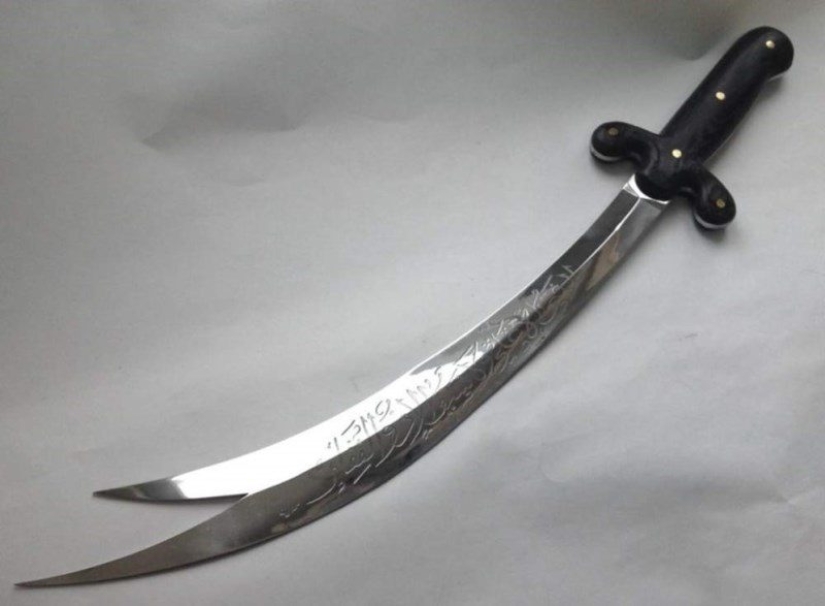
It was also believed that the Zulfikar did not need a scabbard and, when it was not needed, the owner simply left it hanging in the air. There are several versions about the location of the sacred weapon, according to one of which the sword was appropriated by the Turkish sultans and has been hidden in the Istanbul Topkapi Palace for many centuries.
The famous sword of the Scandinavian hero Beowulf, which was given to him at the court of the Danish king Hrothgar for the battle with Grendel's Mother. Hrunting translates from Old English as "piercing" and high hopes are pinned on it, but despite the big name, the weapon turns out to be helpless before the monster enchanted by swords and Beowulf has to finish it off with his bare hands.

Nagling is Beowulf's second sword, which he took with him to battle with the fire—breathing dragon. As in the case of Hrunting, the hero is waiting for a fiasco — the sword breaks in half and again he has to resort to the help of strong fists. In this battle, both the dragon and Beowulf himself got hurt — both die.
A sword belonging to the Norwegian king Magnus III Barefoot, who ruled the country from 1093 to 1103. No special mystical properties were assigned to the Legbeater, and it became famous thanks to its restless owner, who constantly fought with neighbors and suppressed rebellions.
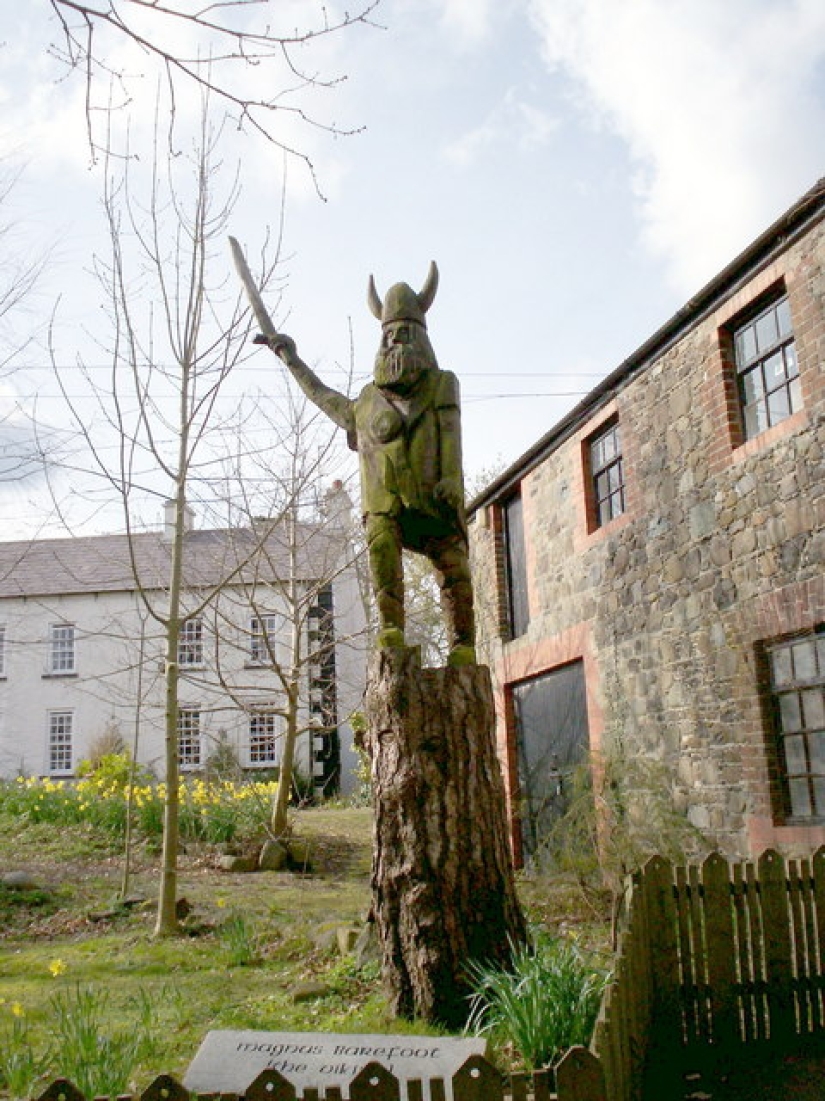
Magnus was invincible with his Legbeater until he invaded Ireland, where he and his companions were killed by some gloomy cattle herders with clubs, with whom the valiant king did not agree on the price of beef. From that moment on, nothing is known about the fate of the royal sword.
The legendary sword of the Danish king Hrolf Kraki, which he forged himself. In the blade of the weapon, the skillful king enclosed the souls of 12 loyal berserkers who died in bloody battles.The sword had a second name — Kenning, which means "Blood River"

As befits an artifact from Scandinavian mythology, the sword changed many owners with difficult to pronounce names, sank into the sea, buried itself in the ground, but eventually turned out to be hopelessly spoiled by stupidity. One of the heroes of the sagas, trying to free Loki from his bonds, pulled the Skofnung from its sheath in the presence of women, which was strictly forbidden. The souls of the berserkers got angry and dissolved the sword, and also killed the violator of the ban.
These two famous swords belonged to Rodrigo Diaz de Vivar (Rodrigo Diaz de Vivar) — the legendary hero of the Spanish people, who was nicknamed El Cid. The weapon and its owner are mentioned in the epic "The Song of My Side", where it is said that the Tisona went to the noble Rodrigo as a trophy after defeating the Moorish king Bucar.

Colada is the second sword of El Cid, less famous, but also revered in Spain. The owners of the Colada are a family of Spanish nobles de Falses, who are very proud of the relic, although the analysis of the metal showed a fake.
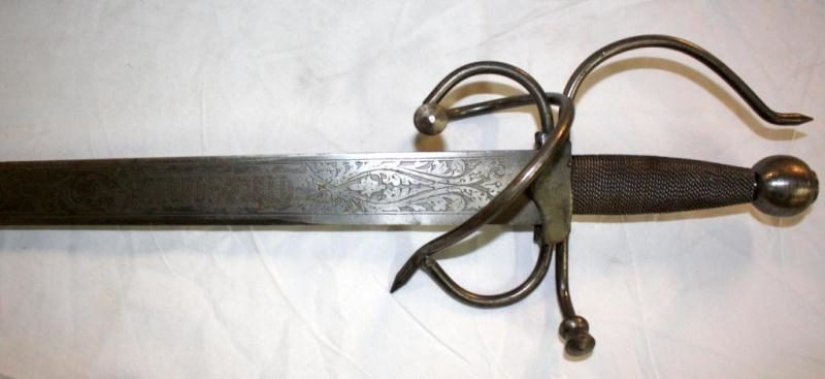
As for Tisona, you can see the blade in the cathedral of Burgos, where the grave of El Cid is located. This sword may well be an original, as chemical analysis has shown that it was forged in the XI century, during the life of Rodrigo Diaz De Vivara.
The sword that belonged to the knight Sir William Wallace, who in the XIII century led the struggle of the Scottish people against the English occupiers. It was used by the national hero of the Scottish people in the most important battles — in the battle of Stirling Bridge in 1297 and in the Battle of Falkirk in 1298.

The scabbard of the sword was made of Hugh Cressingham, an English tax collector who godlessly robbed the poor, but proud Scots. After Wallace 's execution, the sword went to Sir John de Menteith, the commandant of Dumbarton Castle, and centuries later was discovered already in the collection of the Royal Tower. Today, the sword, the originality of which has not been confirmed, can be seen in one of the halls of the Wallace Monument.
The famous sword participating in the coronation ceremony of the British monarchs. It is believed that the weapon was made in the XI century, and its first owner was King Edward the Confessor. The blade got its name "sword of Mercy" due to the fact that it had a broken off tip. The second name of the sword — Curtana, comes from the Latin word Curtus — short.

There are several versions of how the sword lost its edge. According to one of them, the sword was broken by its first owner, the legendary knight Tristan, plunging into the skull of the giant Morholt. There is also a version that the tip of the blade was broken off by an angel to prevent another senseless murder.
The sword of Charlemagne, which has been used in the coronation ceremony of French monarchs since the XIII century. Legends say that in the manufacture of the blade, the spear of Longinus was used, which was pierced on the cross of Jesus. The tip of this artifact was mined in Palestine during the First Crusade.

Many experts doubt the authenticity of the sword of King Charles, since its blade has ornaments typical of the XIII century, while Joyeuse, according to canonical history, was forged in the IX. Today, the relic, which was used for the last time at the coronation in 1824, is in the Louvre.
The magic sword of King Arthur, which he extracted from the stone, thereby proving his rightful right to the throne. However, in some interpretations of this legend, Excalibur has nothing to do with this case. Sources of the early Middle Ages also claim that Arthur received the sword with the help of the wizard Merlin from the Lady of the Lake, who handed the king a weapon from under the water.

According to legend, feeling death was near, King Arthur handed the sword to the last surviving knight of the Round Table, Sir Bedivere, so that he returned it to his mistress, that is, threw it into the lake. Only after making sure that the hand of the Lady of the lake took the sword, the king went to another world.
Recent articles

Sometimes you see a tattoo on a person and think: "Why did he do it at all?". A familiar feeling? If you have never experienced it, ...

Taxi ride like a lottery — you never know if you will pull the winning ticket. Even the official services like Uber does not ...

Finnish photographer Juha Tanhua has shot an unusual series of "space photos". Astrophotographic images of stars, galaxies and ...